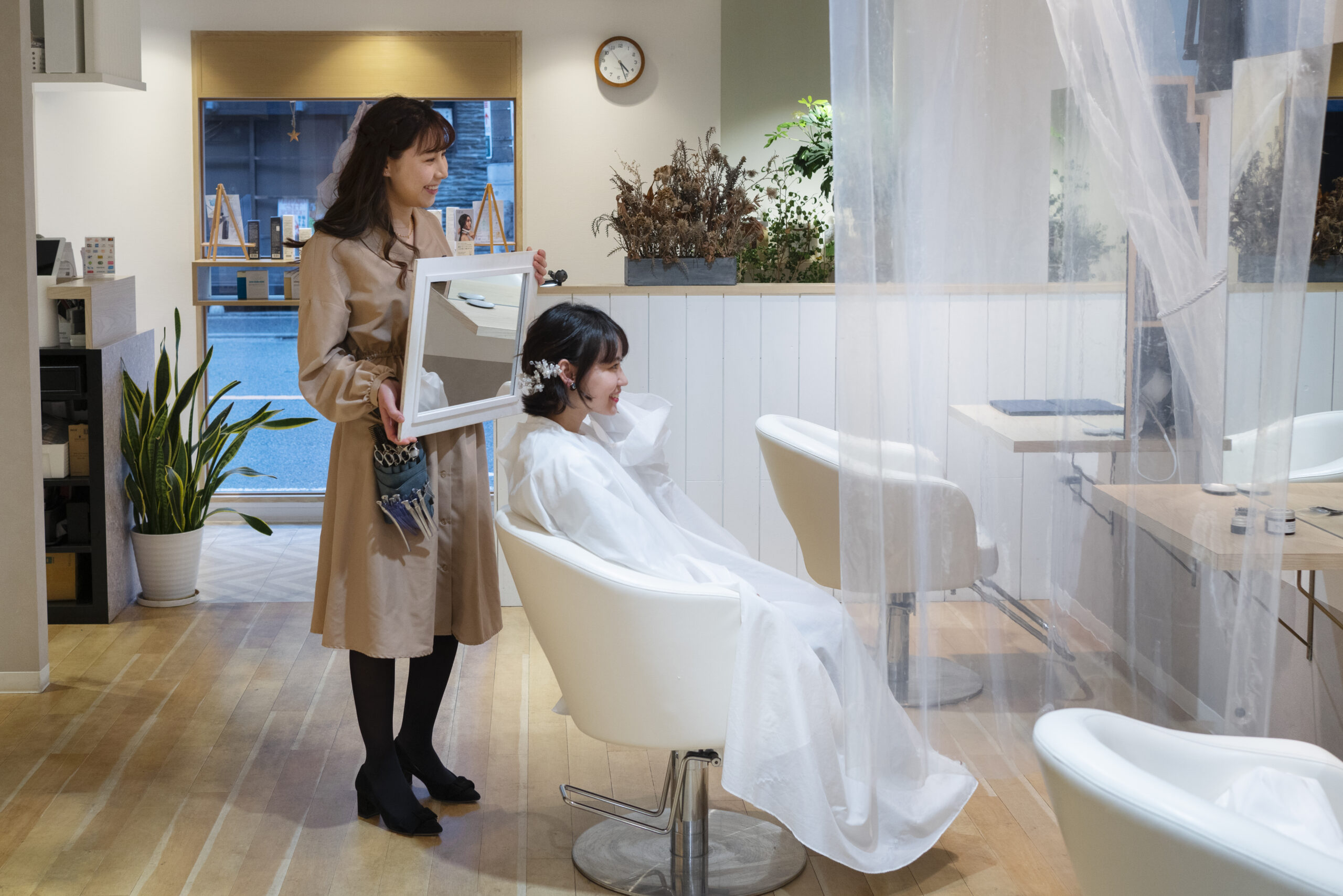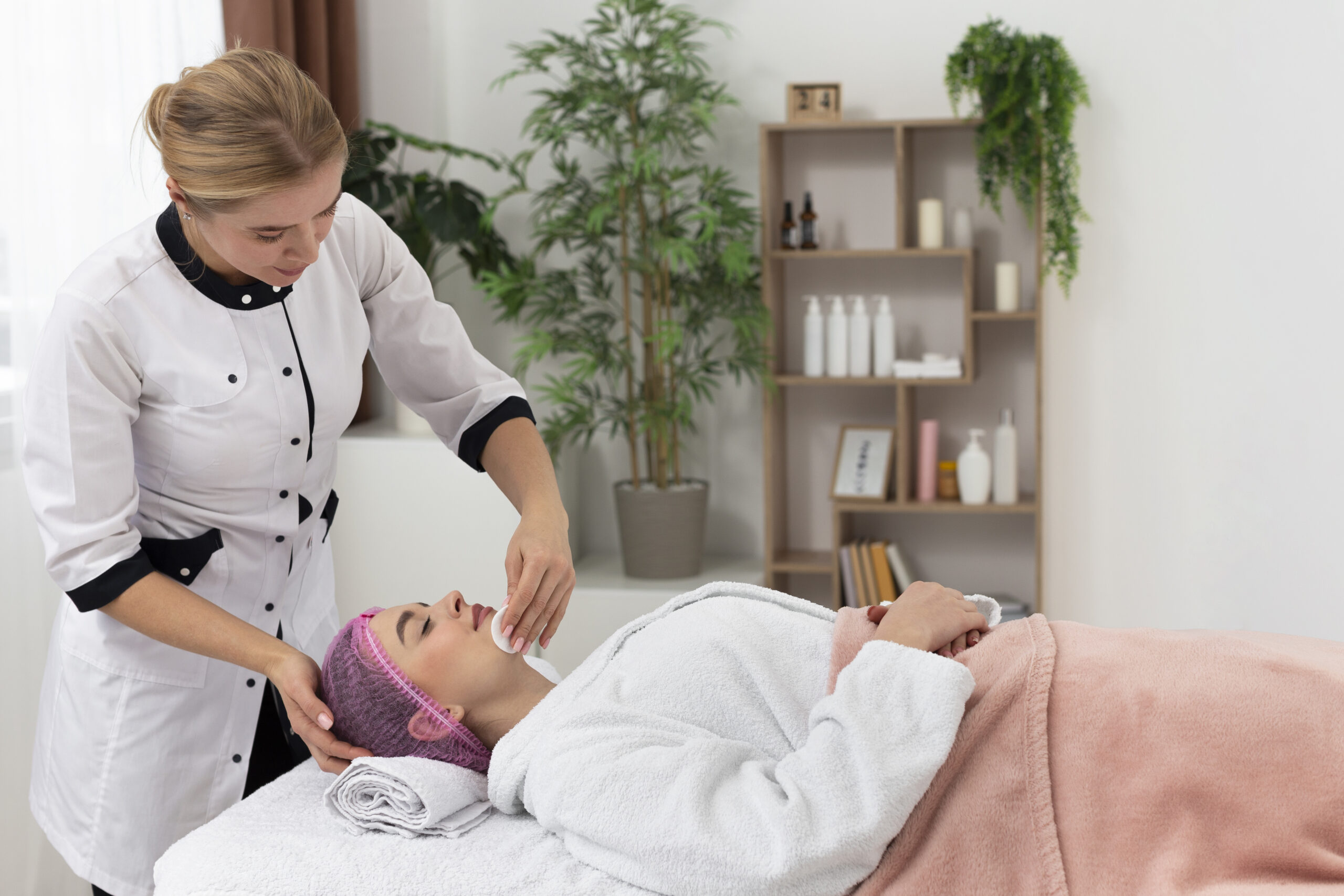You walk into a spa and instantly feel different. Before anyone touches your skin, before any treatment begins — the scent hits you. Lavender, eucalyptus, citrus, maybe a soft trace of sandalwood. That’s not by accident. That’s aromatherapy, and it’s a game-changer.
In this blog, we’ll break down exactly how aromatherapy enhances your spa experience, the science behind it, and how to get the most out of it — even at home.
What Is Aromatherapy?
Aromatherapy is the use of essential oils — extracted from flowers, plants, trees, herbs, and fruit — to improve physical and emotional well-being.
The oils are either inhaled (via steam, diffusers, or room sprays) or applied to the skin during massages or facials. They work through the olfactory system, connecting directly to the brain’s limbic system — which controls mood, memory, and emotion.
In simple terms: a scent can trigger your brain to relax, energize, release tension, or boost your mood.
The Role of Aromatherapy in Spa Treatments
You’re not just getting a massage or facial — you’re getting an experience. Aromatherapy transforms a standard treatment into something deeper.
Here’s how:
1. Deepens Relaxation
Essential oils like lavender, chamomile, and ylang ylang slow the nervous system and promote calm. When paired with a massage or facial, they help your body sink deeper into a relaxed state — making the treatment more effective.
2. Boosts Mood and Energy
Feeling burnt out or emotionally drained? Scents like orange, peppermint, and bergamot are natural mood-lifters. They stimulate the brain, increase alertness, and leave you feeling lighter — mentally and emotionally.
3. Enhances Physical Benefits
Certain oils like eucalyptus or rosemary help with muscle tension, sinus relief, or circulation. When used in a massage, they penetrate the skin and enter the bloodstream, delivering targeted benefits.
4. Increases Skin Health
Many essential oils are antibacterial and anti-inflammatory. Used in facials or wraps, they help clear breakouts, soothe irritation, and give the skin a natural glow. Tea tree, rose, and geranium are commonly used in skin treatments.
Most Common Essential Oils Used in Spas
Let’s break it down. Here are the go-to oils used by pros, and what each is good for:
| Essential Oil | Benefits |
|---|---|
| Lavender | Reduces anxiety, improves sleep, relieves headaches |
| Eucalyptus | Opens sinuses, eases muscle pain, antibacterial |
| Peppermint | Energizing, clears the mind, relieves tension |
| Tea Tree | Acne control, antimicrobial, scalp care |
| Rose | Skin hydration, emotional balance |
| Lemongrass | Anti-inflammatory, freshens air, fights bacteria |
| Ylang Ylang | Promotes calm, lowers blood pressure |
| Bergamot | Elevates mood, helps with skin conditions |
How Aromatherapy is Used in Different Spa Treatments
Massage Therapy
Aromatherapy massage isn’t just about adding scent — it’s about blending the right oils with carrier oils (like almond or jojoba) to absorb into your skin. The combination of touch and aroma boosts endorphins, eases pain, and helps release tension from both the body and mind.
Facials
Oils like tea tree, rose, and chamomile are gently added to masks, steam, or massage during facials. They support clearer skin, reduce inflammation, and add that signature calming effect spas are known for.
Steam Rooms and Saunas
Spas often infuse steam with eucalyptus or mint. This helps open airways, detox the body, and trigger a deep sense of clarity.
Reflexology and Foot Soaks
A hot foot soak with a few drops of lavender or lemon oil can soothe tired feet and revive the senses. Reflexology paired with aromatherapy enhances pressure point stimulation and overall calm.
Scrubs and Wraps
Essential oils are infused in sugar or salt scrubs and body wraps to nourish the skin, improve circulation, and detoxify.
What Makes Aromatherapy So Effective?
Aromatherapy is more than just a “nice scent.” It triggers real physiological responses:
- Inhaled essential oils reach the brain in 22 seconds
- They enter the bloodstream in 2 minutes
- They affect the entire body within 20 minutes
That’s fast. And it explains why you feel different almost instantly.
Plus, your brain associates smells with memory. The more you pair a scent with calm, healing, or rest, the faster your body can access that feeling again — just by smelling it.
How to Extend Aromatherapy at Home
Want the spa experience without the price tag? Here’s how to bring aromatherapy into your own space:
1. Use a Diffuser
Get a basic diffuser. Add 4–6 drops of essential oil in water and let it run while you work, sleep, or chill.
2. Add Oils to Baths
A few drops of lavender or eucalyptus in a hot bath can change your whole night.
3. Apply to Pulse Points
Mix essential oils with a carrier (like coconut oil) and dab on your wrists, neck, or chest before bed or meditation.
4. Spray Your Pillow or Room
DIY sprays (just water, alcohol, and essential oil) can freshen up your space fast.
5. Inhale from Your Hands
When you’re stressed, drop 1–2 drops of oil into your palm, rub hands together, and take 3 deep breaths. Works in under a minute.
Pro Tips
- Always dilute oils before applying to skin
- Do a patch test if you’re new to an oil
- Avoid citrus oils before sun exposure — they can cause sensitivity
- Buy 100% pure essential oils (no synthetics or perfumes)
Final Thoughts
Aromatherapy isn’t hype — it’s science-backed, sensory healing that works fast. Whether you’re stepping into a professional spa or creating your own relaxation zone at home, essential oils can shift your state of mind, relax your body, and boost your health in powerful ways.
So next time you book a treatment, don’t overlook the oils. Ask for them. Smell them. Use them with intention. You’ll feel the difference.



